The Market Herald issues discounted shares to pay down debt
Accenture Song, Ogilvy to share Tabcorp’s agency duties
Djokovic vs de Minaur pulls in biggest AO audience of this year’s comp
ACT Government consolidates media; hands account to UM
Metro commercial radio ad spend up 5% in 2022, despite December slump
Has the horse already bolted?
The sporting connected TV opportunity marketers shouldn’t miss
Why bold brand events are more than just an ‘expense’, they’re a trump card in 2023
Dynamic Duos: Manifest Melbourne’s Isabel Thomson-Officer and Jessie Bowers
How to get creative people to engage with analytics
Evolve your digital commerce capabilities the Meta way
Media buyers lick their lips as Nine launches the biggest sporting event on Australian TV
Nine Radio’s Greg Byrnes: Doing talk radio is ‘a lot harder’ than what people think
How SCA is set to bring the ‘heavy artillery’ to turn around Sydney numbers in 2023
A DEPT at snapping up independents to bolster its full-stack approach to marketing
Celebrating 10 years of NITV, but what challenges lie ahead for an under-resourced First Nations media sector?
Are best practice pitch guidelines being used? Few and far between, says Publicis boss Rebelo
Is sport becoming advertising’s problem child? Plus Dentsu’s new top creatives
One year on at GroupM: Clarity in the agency lineup, embracing Buchanan’s chaos and cautious optimism
Should Christmas be Australia’s Super Bowl moment?
Nine’s Roll the Dice on Creativity
Gumtree Media UpNext: The Future is Sustainable
Australian media culture peaks with Karl vs Clarke fracas
3AW loyal listeners get a Mornings wake up with Ray Hadley
Is there something in the PR water? Ask Roxy
Dizzy Gillespie slams new TA campaign; Rose Byrne ‘doesn’t realise what really goes on at night’
Elon Musk’s Twitter deal is smoke and mirrors for his REAL play: X, ‘the everything app’
RocKwiz returns to Australian screens on Foxtel
Deloitte Digital strengthens creative team with 2 new hires
Emotive wins creative account for Unilever’s TRESemmé
Nick Kyrgios and Gen U Brands launch Alive soft drink
Darling, Shine! podcast returns for 4th season
Forbes Australia Women’s Summit speakers announced
Phillips Group hires two new group executive directors
2023 Netball Quad Series available on Fox and Kayo Sports
SailGP secures partnership with the Seven Network
Mumbrella Awards
Publish Awards
Travel Marketing Awards
CommsCon Awards
Retail Marketing Summit
Automotive Marketing Summit
Audioland
CommsCon Conference
After AI helped him create Antoni Gaudí-inspired household appliances, Thinkerbell’s Marcus Byrne asks how we can harness the technology for positive change in the industry…or if the horse has already bolted?
So recently, a personal project took me by surprise, it went viral and was published on Forbes, Trendhunter, Designboom, Cool Hunting and landed with some printed pieces in Germany and an interview and full page printed article in the Guardian UK.
The idea was pretty simple. We live in an age of Apple and Tesla where minimal design has taken charge and logos stripped back to live on mobile devices.
I challenged the idea, asking Artificial Intelligence the question: What if Antoni Gaudí inspired the design of regular boring household appliances? The results were fascinating but also deeply disturbing.
Designers are very curious, we are empathetic. We seek to understand business problems so we can solve them with our design chops. So when I came across the power of AI in the image creation space, it naturally sparked my interest. Last year, I signed up to DALL-E-2 (Open AI’s system that can create realistic images and art from a description in natural language), as an early beta-tester.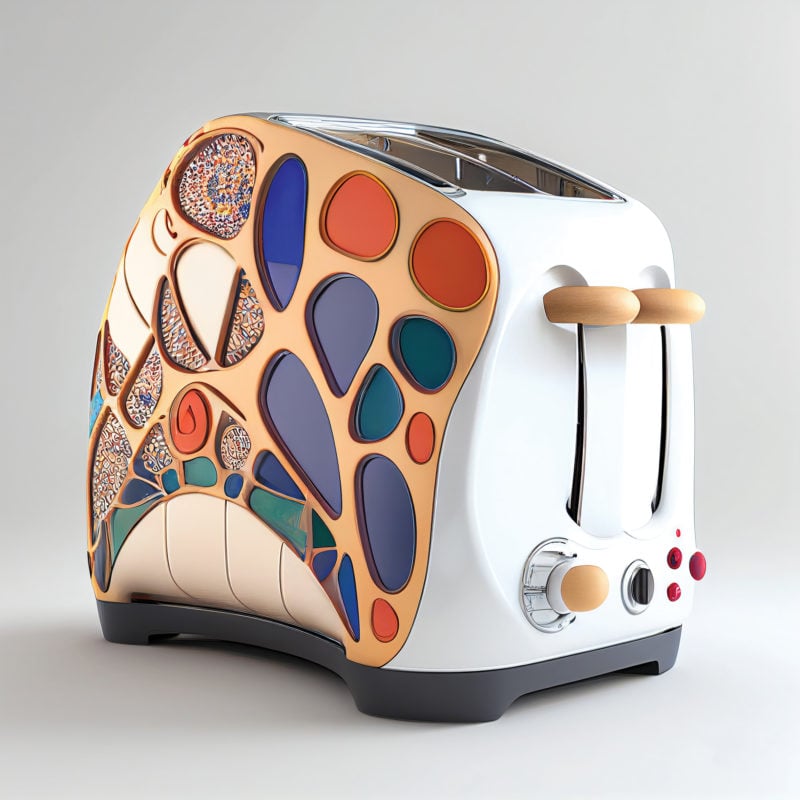
I wanted to dip my toe in the water. Ouch! It was at boiling point. I got completely weirded out by its power and had to stop to cool off. How did AI create this? Surely it’s an image that exists somewhere already? How does it work? I don’t understand. It hurts my brain.
The speed and quality of the rendered images from just a few prompts was astounding. I had to step away from it completely to think about the implications for artists and image creators in general. As this was only the beginning… What does it mean for us creatives and the human species in general?
Eventually, with further reading, I had to make peace. The tech is too powerful to ignore.
I was always interested in Gaudi’s magical colourful, curvilinear architectural style. When I lived in Ireland, I’d head to Barcelona just to take photos of his work. So with this in mind, I wanted to create a series of images inspired by Gaudí.
Using Midjourney and a series of prompts, I started to explore what minimal boring household appliances could look in art-nouveau-styled sculptures. The renders were astounding. With a little bit of Photoshop editing, I had some very interesting images to look at.
They were very much what I had in mind, which was nuts. Having knowledge of art history, photography, ratios, styles, and 3D can help achieve better results too. Prompt crafting is now a business in itself. But I am uncomfortable calling the Gaudí images solely my work, though.
They’re abstract ideas and I used AI to bring them to life.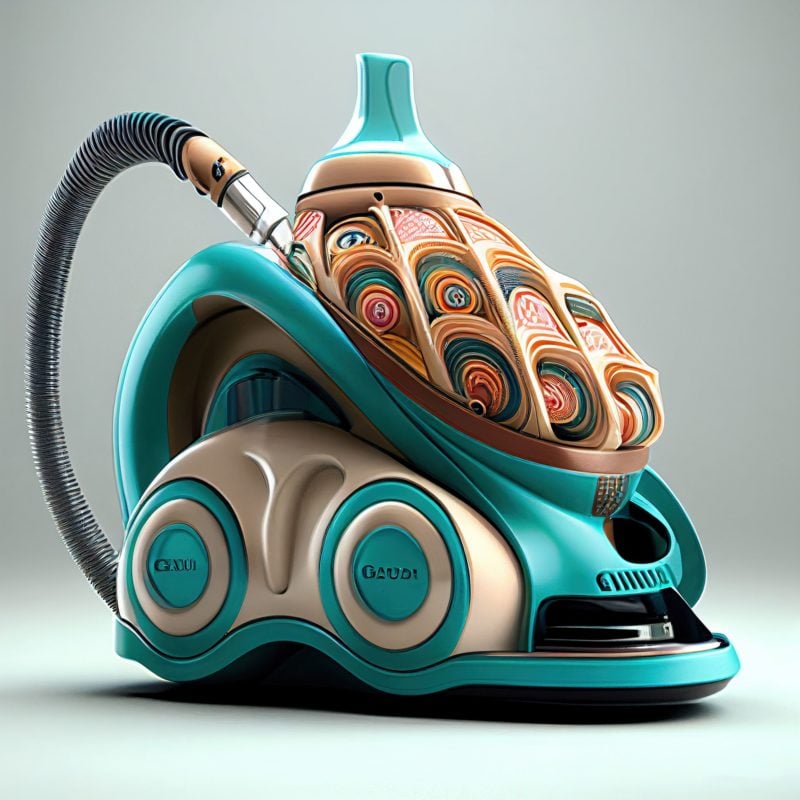
If you are not familiar with Midjourney or AI art in general, here’s how it works. It’s an advanced software system that uses a machine learning algorithm trained on billions of image data sets to produce unique images. It works through the Discord App. The system can generate vivid and realistic photos, paintings, and illustrations in response to a line of text or an uploaded image. The text prompts render very different image results depending on the words and order of the words inputted.
However, it’s a huge disruptive force. The moral and ethical debates around the technology are concerning. It is a legal nightmare but I am hopeful we will have a fairer system in the future. Artists should have the option to allow their work to be included in data training sets through an opt-in system and realistically, a share of the profits.
Greg Rutkowski is a Polish digital artist who uses classical painting styles to create dreamy fantasy landscapes. His distinctive style is now one of the most commonly used prompts in the open-source AI art generator Stable Diffusion.
But here’s the problem, Rutkowski himself never approved the use of his images in this way. His work was used without permission and proper attribution in the training of the data models. Apparently, some of these renders even have his signature on them.
Are there any historical references that we can learn from?
In the mid-1800s, when cameras were invented and became easy to use, portrait painters were terrified. Lord of the Manor portraits could be photographed in quick succession, their features captured with precision to display over their enormous fireplaces. Photography democratized art by making it more accessible and cheaper. Portrait artists switched to Impressionism. These days everyone is a photographer. Are we at a similar time with AI and the creative industry in general?
We can also possibly compare this time to Napster. Over 20 years ago, Lars Ulrich of Metallica became the most hated man in the music industry for taking away Napster. The peer-to-peer file-sharing application allowed people to get free music illegally by downloading MP3 files from other users’ computers. Lars now admits that he didn’t quite understand the technology at the time. Napster started the digital revolution of music. iTunes and Spotify arose from the ashes. Streaming music revenue now accounts for 84% of global recorded music sales.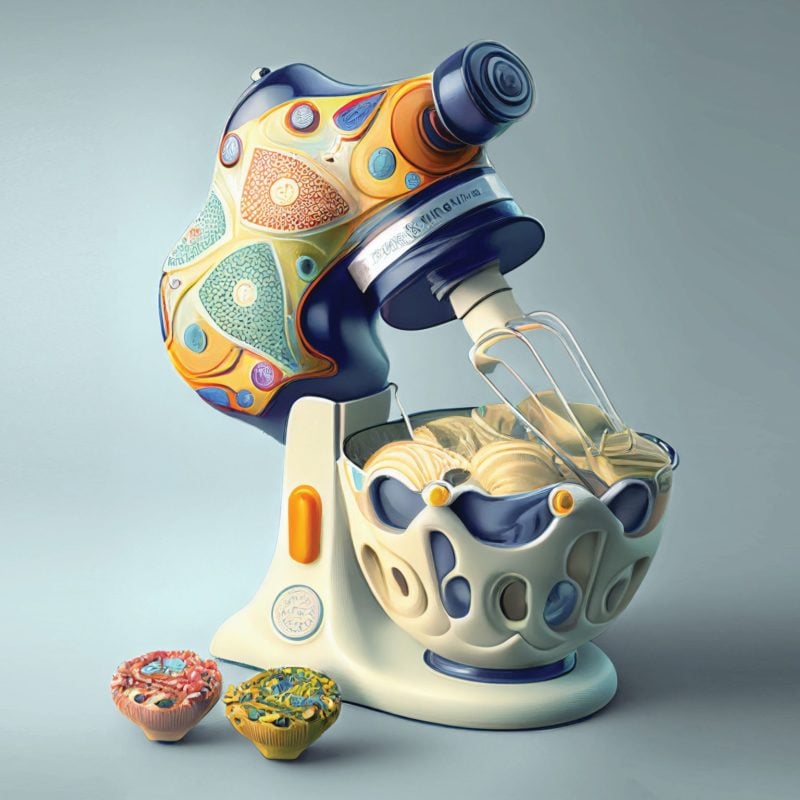
Humans are generally afraid of the unknown. When we get uncomfortable, we tend to panic. Is that happening right now with AI art and ChatGPT?
Can we call AI art actually art? “What is art anyway?” It has been an endless debate. I hands-down personally prefer art and music created by humans because the narrative and the journey is very important to me. I like when I can hear the honesty in a singer’s voice, for me it’s the imperfections in music that make it perfect, and the same with art. Would Andy Warhol proudly use AI art if he were alive today?
I like this quote by Leo Tolstoy: “Art is the activity by which a person, having experienced an emotion, intentionally transmits it to others”.
Nick Cave’s latest blog post dives deep into AI and ChatGPT. A fan asked ChatGPT to write a song in the style of Nick Cave and then asked him for his thoughts. Here’s an excerpt “Songs arise out of suffering, by which I mean they are predicated upon the complex, internal human struggle of creation and, well, as far as I know, algorithms don’t feel. Data doesn’t suffer.”
Read the rest here, it’s a real treat.
Cave is profoundly articulate. A living legend, we are lucky to hear his views. But do the masses really care if a song they love has no human spirit or soul involved in the creation? Do they care if a large art print to match their couch is created by a robot or a struggling artist?
Jukebox by OpenAI is an AI platform that generates music, including rudimentary singing, as raw audio in a variety of genres and artistic styles. It won’t be long before someone walks down the aisle to a song created entirely by AI.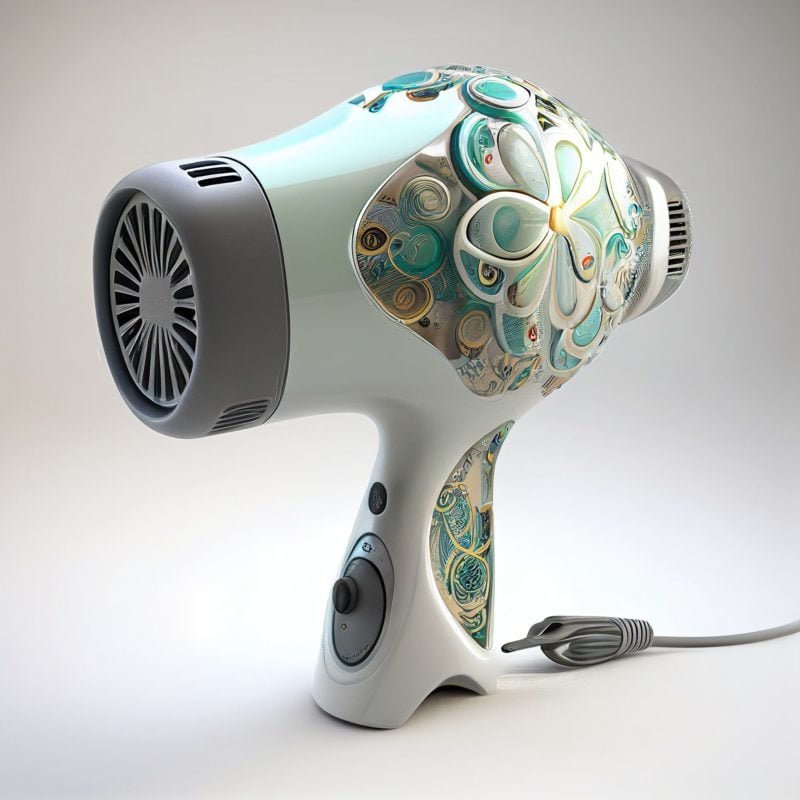
Perhaps IKEA will launch a range of bot-created art prints. And maybe before the end of the year, we will see ChatGPT plugged into the web in real time to learn exactly what kind of Art people are buying. It could possibly integrate with AI art platforms and spit out prompts to create art itself only to be recommended in your Instagram feed. Watch out!
With this in mind, I am wondering if AI is the problem at all? Maybe humans are. In my humble opinion, if the majority of music and entertainment that sells is rubbish, would the majority of consumers really care if bots created the world they consume and dream in?
So getting back to using AI as part of the creative process and looking at it through a different lens. Humans could never compete with a calculator. The calculator always wins, but only when the calculator knows what problem to solve. Now designers can generate images and land on visual concepts at a rapid rate, faster than Photoshop comping. But surely there is more to ideas and art than just the output. AI use is part of the design process as we curate and test. Visuals always require more crafting and finessing. Is AI art, when guided and directed by human input on concepts, context, meaning and style, a valid artistic process?
AI also has the potential to support artists and audiences with disabilities. How will painting be reimaged by someone who has never had the use of their arms? If we look at AI as an opportunity rather than a threat, we can relax more and see it differently. Who knows what we will see from curious artists who embrace this technology?
We are at a very important time in art history, so progressing in an ethical manner would be the right thing to do. With Microsoft investing 10B in OpenAI, it’s fair to say AI tools are most definitely here to stay. As Nick Cave says, “AI will always be in its infancy”.
So with that said, it would be very wise to protect the foundations of creativity and give credit where credit is due. Or…. has the horse already bolted?
Note: ChatGPT was not used to write this.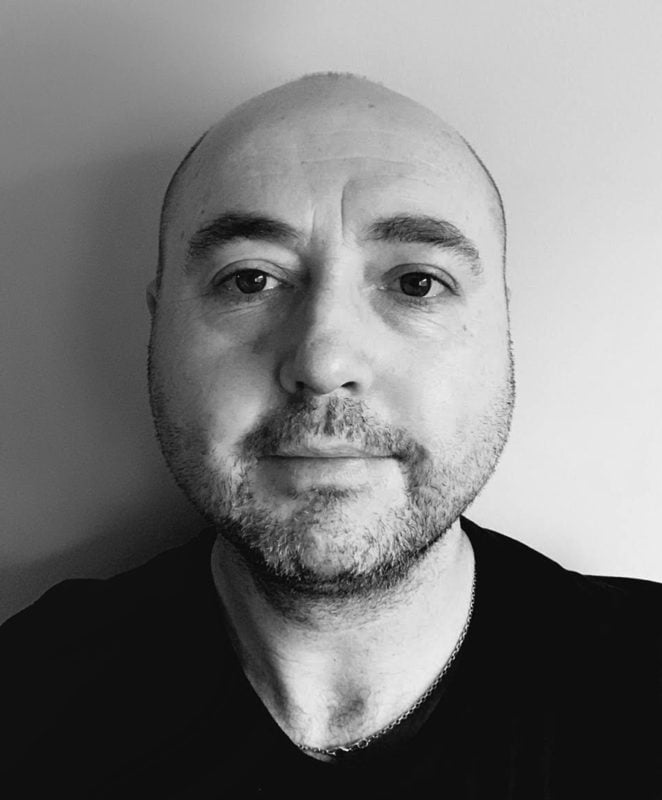
Marcus Byrne is design lead and Photoshop pro at Thinkerbell.
Marcus, great posting.
(Wrote that all myself as well .. three words is my limit though.)
User ID not verified.
or
document.getElementById( “ak_js_1” ).setAttribute( “value”, ( new Date() ).getTime() );
This website uses cookies for proper functioning and enhancing the user experience. By clicking ‘Accept’ on this banner or using our site you accept our use of cookies. You can also ‘Read More’ to view our Cookie Policy and learn how to control them. Read More
Sign up to our free daily update to get the latest in media and marketing.